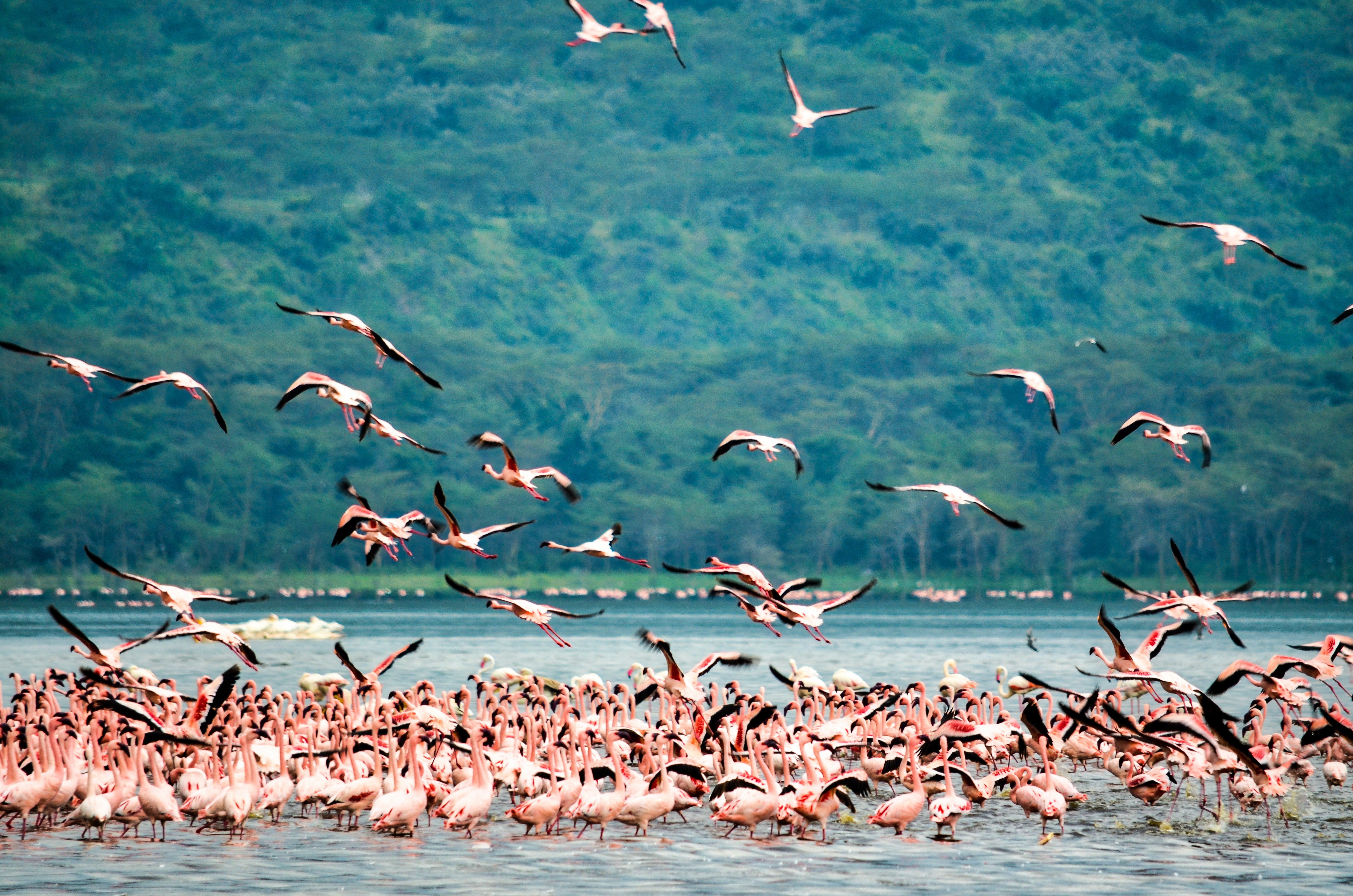Grim news for Kenyan ecosystems on World Wetlands Day
Reports show that wetlands reduced to half their size over the last 50 years

Mining and agricultural activities have claimed nearly half of Kenya’s wetlands over the last 50 years, according to two reports.
Ahead of events to mark World Wetlands Day on Wednesday, a report by the National Environmental Complaints Committee revealed that the area under swamps declined by about 40 per cent between 1970 and 2021.
The decline has affected the flow rates and discharges in most rivers which have experienced a reduction of over 30 per cent, the committee said in the report on the status of Kenya’s wetlands this year. Lakes have also experienced dramatic fluctuations in water levels.
“The quality and functions of wetlands have declined drastically due to reduction of vegetation cover, especially within the main water catchment basins of the Mau complex, Mount Elgon, the Aberdare Range, and Mount Kenya ecosystems. This has affected the hydrological cycles and reduced wetlands capacity to supply water,” John Chumo, the committee’s secretary, said.
While wetlands in Kenya cover about 14,000 square kilometres, translating to about three per cent and four percent of the land surface, the area under swamps has reduced by up to 40 per cent in the last 50 years.
Most wetlands, according to Dr Chumo, are found in key water towers that are also facing challenges, a situation he said poses a double threat to wetlands.
In another report titled Action for Wetlands 2022, conservation organisation Nature Kenya has highlighted challenges facing wetlands, including Yala, Dakatcha, Tana Delta and Rift Valley lakes and other wetlands.
Yala Swamp, the report notes, is currently under threat from agricultural development, yet it is key in filtering water entering Lake Victoria and supports local communities while protecting papyrus-dependent birds and wildlife.
Lake Nakuru in Rift Valley, it notes, is choking with raw and industrial waste, while in Lake Naivasha, new industrial developments compete for freshwater with the lake, the horticulture it supports and wildlife it shelters.
Dunga Swamp in Kisumu faces sewage pollution from adjacent residential estates, encroachment, and excessive and unsustainable harvesting of papyrus.
Wetlands, according to Nature Kenya director Paul Matiku, provide essential ecosystem services while supporting millions of communities.
“Like forests, they can act as vast ‘carbon sinks’, drawing down carbon and sequestering it so it cannot escape back into our atmosphere. A lot has to be done to protect these wetlands that are facing massive threats,” he said.
The seasonal wetlands of Dakatcha woodland are the known breeding grounds of the Clarke’s Weaver, a threatened bird found only in Kilifi County. Kingwal swamp in Nandi Hills is a breeding site for the rare Sitatunga antelope.
Tana Delta, which is a wetland of international importance, provides environmental services, including regulation of the hydrological cycle, moderation of the climate, protection of soil from erosion, stabilisation of the shoreline, and reduction of the impact of storm surges on the Coast.
The Delta also contributes to the livelihoods of farming, herding, and fishing communities, cultural and recreational activities, and supports economic development for Tana River and Lamu counties and the nation.
Seasonal wetlands such as Dakatcha, are under particular threat because they appear dry much of the year.
“They are thus converted to agricultural land, not reserved during land demarcation, and ignored in road construction and other infrastructural development. Pressures on wetlands are largely blamed on the lack of awareness and appreciation of the values of wetlands,” according to
Nature Kenya’s report. Ongoing initiatives to restore wetlands include The Restoration Initiative in Tana Delta, Land Use Plan for Yala, and promoting the indigenous and community conservation areas approach in Yala and Tana Delta.
Other major wetlands, including Ondiri and Lorian swamps, have also been affected by unsustainable activities such as conversions for agricultural uses, settlements and industrial development.
“While wetlands provide many ecological and socioeconomic goods and services, they are often regarded as ‘wastelands’ and are continually being degraded and lost through conversion for agricultural uses, settlement, and industrial development.
Wetlands have suffered degradation over the years, caused by among others pollution, over-exploitation, and catchment destruction,” the National Environmental Committee report notes.
This article is reproduced here as part of the Space for Giants African Conservation Journalism Programme, supported by the major shareholder of ESI Media, which includes independent.co.uk. It aims to expand the reach of conservation and environmental journalism in Africa, and bring more African voices into the international conservation debate. Read the original story here.
Join our commenting forum
Join thought-provoking conversations, follow other Independent readers and see their replies
Comments